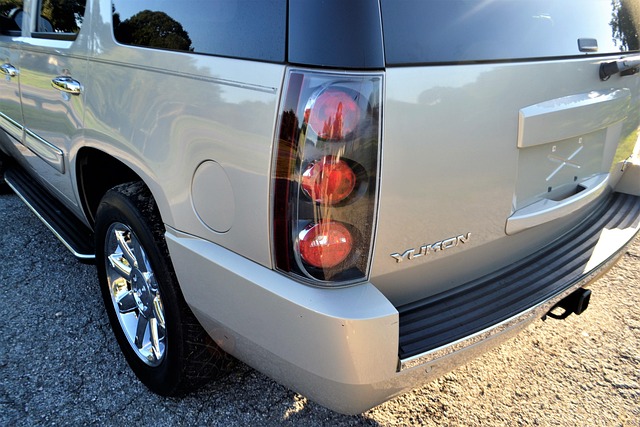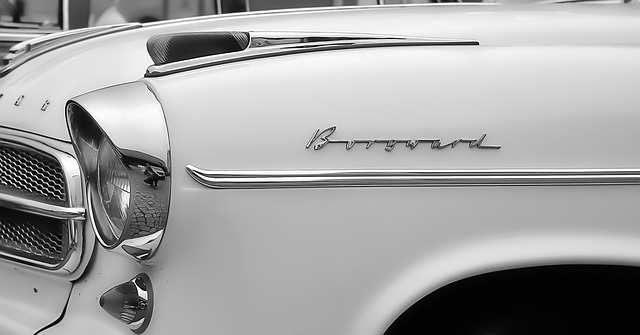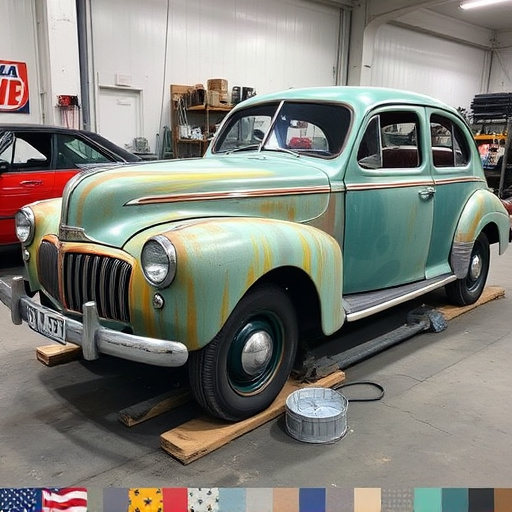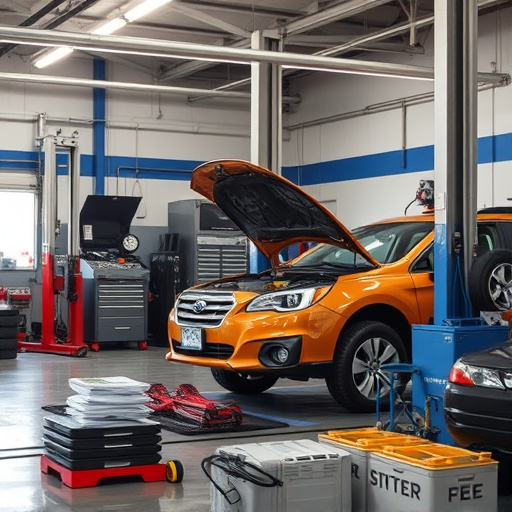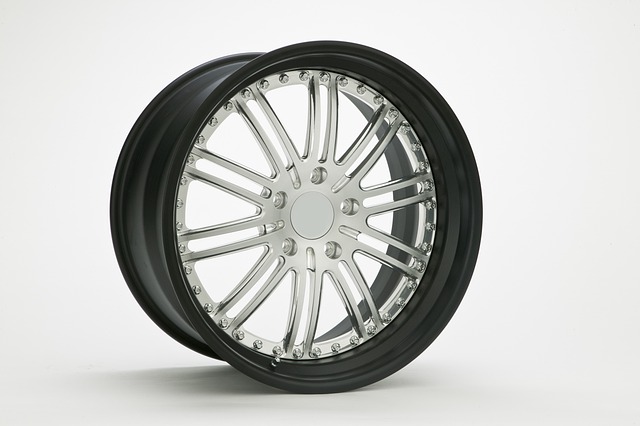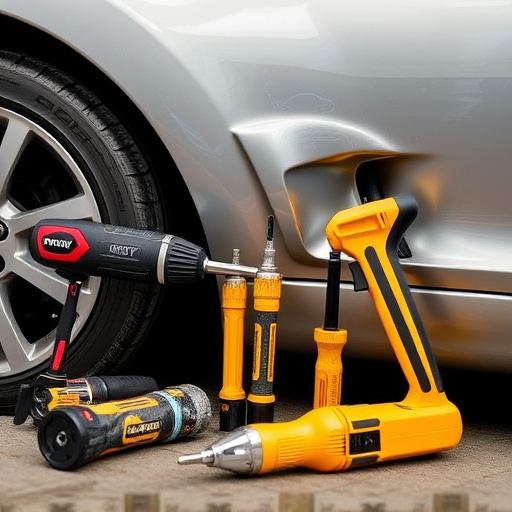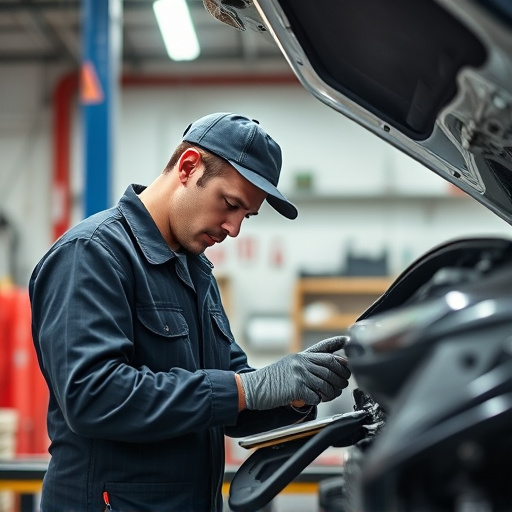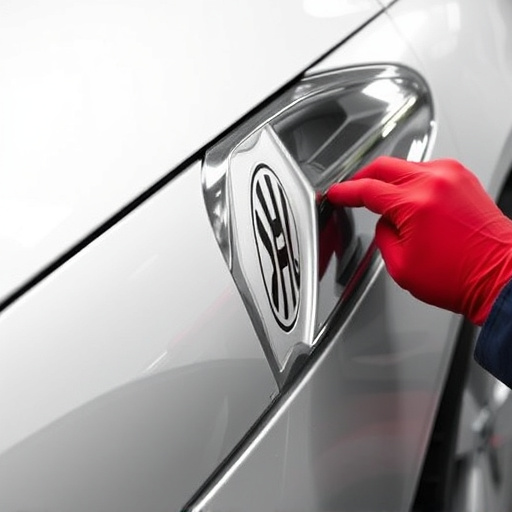Heat damage in auto body repair poses significant challenges due to intense heat (>300°F/150°C) from processes like welding and painting, which can deform or melt metal parts. Heat shields and insulation are crucial tools for protecting vulnerable components like bumpers, fenders, and doors, preventing warping, fading, or melting. Advanced materials, reflective coatings, and strategic coating applications further mitigate heat damage, ensuring vehicles are restored to pre-incident condition with minimized complications.
In the realm of auto body repair, understanding heat damage is paramount. Heat shields and insulation play pivotal roles in mitigating and preventing such damage, ensuring efficient healing processes. This article delves into the intricacies of heat damage in auto body repair, highlights the essential role of heat shields in protection and prevention, and explores advanced insulation techniques that revolutionize healing outcomes. By the end, folks will grasp the significance of these components in today’s digital era.
- Understanding Heat Damage in Auto Body Repair
- The Essential Role of Heat Shields: Protection and Prevention
- Insulation Techniques for Efficient Auto Body Healing
Understanding Heat Damage in Auto Body Repair
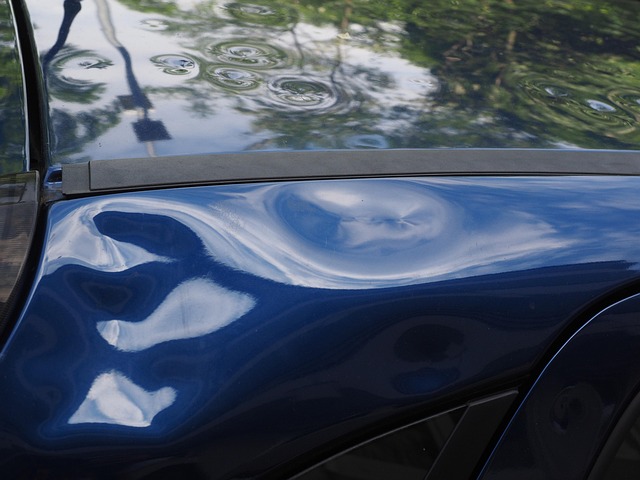
In auto body repair, understanding heat damage is paramount to achieving quality outcomes. Heat shields and insulation play a pivotal role in mitigating this issue, especially during collision repairs. When a vehicle collides, intense forces can cause metal deformation and heat generation. This heat, often exceeding 300°F (150°C), can lead to scorching, warping, or even melting of vehicle parts, particularly on the exterior. Such heat damage can compromise structural integrity and cosmetic appeal, affecting components like bumpers, fenders, and doors.
For instance, consider a Mercedes-Benz collision repair where precise dent removal techniques are employed. If not properly managed, the heat generated during this process could cause adjacent panels to suffer similar fate as warping or melting can occur if left unchecked. Heat shields, designed to absorb and dissipate thermal energy, act as a barrier between intense heat sources and vulnerable vehicle bodywork. Insulation further reinforces this protection by preventing heat transfer from affected areas, ensuring that surrounding components remain unharmed during the repair process.
The Essential Role of Heat Shields: Protection and Prevention

In auto body repair, heat shields play a pivotal role, offering protection and prevention against heat damage. These specialized barriers are designed to shield vulnerable components from excessive heat generated during various repair processes, such as welding and painting. Heat damage can be devastating for vehicle interiors, causing warping, fading, or even melting of plastic parts—all of which contribute to reduced aesthetic appeal and potential safety hazards. By acting as a protective layer, heat shields safeguard these delicate areas, ensuring that the car’s interior remains intact and functional after repairs.
Furthermore, the strategic placement of heat shields in a vehicle body shop or car body shop enables technicians to conduct automotive repair services with greater precision and efficiency. This is particularly crucial when dealing with complex repairs or tight spaces where direct exposure to high temperatures may be unavoidable. Proper use of heat shields not only extends the lifespan of vehicles but also enhances the overall quality of auto body repair, ensuring that each vehicle leaves the shop in better condition than when it arrived.
Insulation Techniques for Efficient Auto Body Healing
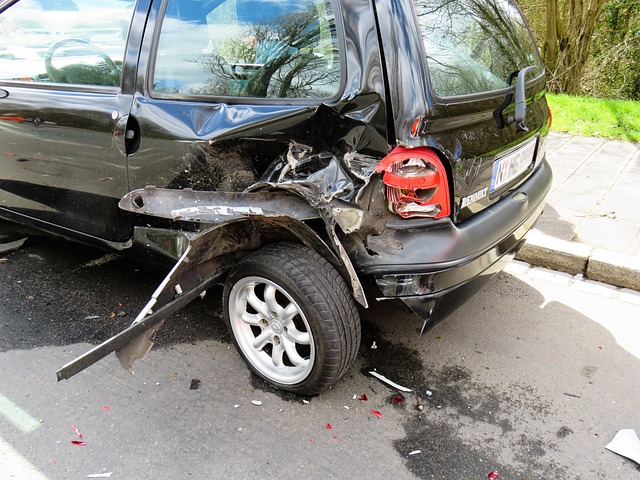
In the realm of auto body repair, efficient healing requires meticulous insulation techniques to combat heat damage. Beyond traditional methods, modern car repair shops are adopting innovative strategies. One such technique involves utilizing specialized heat-resistant materials that act as a barrier between damaged areas and intense heat sources, preventing further deterioration. These advanced insulations are designed to withstand high temperatures, offering a crucial shield for the car body during repair processes.
Additionally, reflective coatings have emerged as powerful tools in minimizing heat transfer. Applied to exposed surfaces, these coatings bounce heat away, reducing the risk of heat damage and accelerating the overall healing process at automotive body shops. By combining targeted insulation with strategic coating applications, professional technicians can ensure optimal results for car body repair, restoring vehicles to their pre-incident condition while mitigating potential heat-related complications.
In addressing heat damage in auto body repair, understanding the interplay between heat shields and insulation is paramount. Heat shields provide crucial protection against intense heat sources, while efficient insulation techniques facilitate faster and more effective healing processes. By integrating these strategies, auto body shops can significantly enhance their repair capabilities, ensuring vehicles not only look like new but also perform optimally after repairs for years to come. This approach not only mitigates heat damage but also sets a higher standard in the industry.
